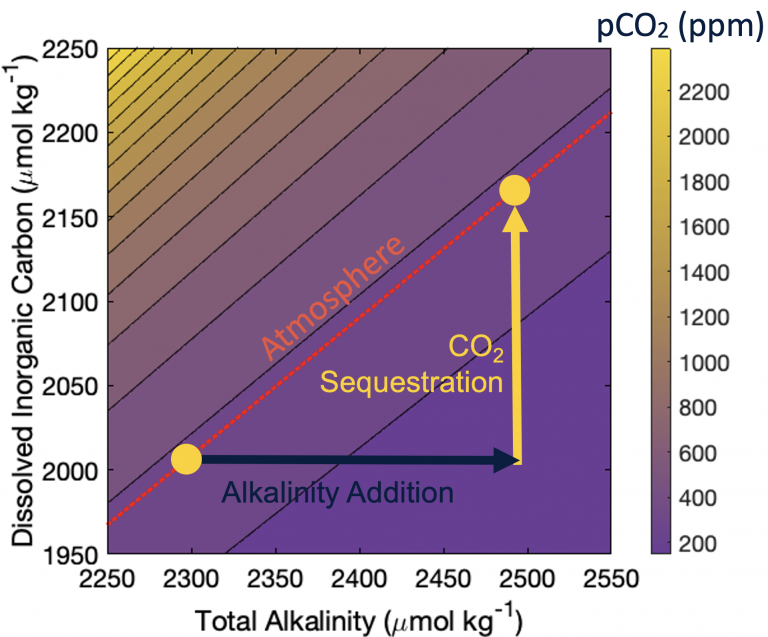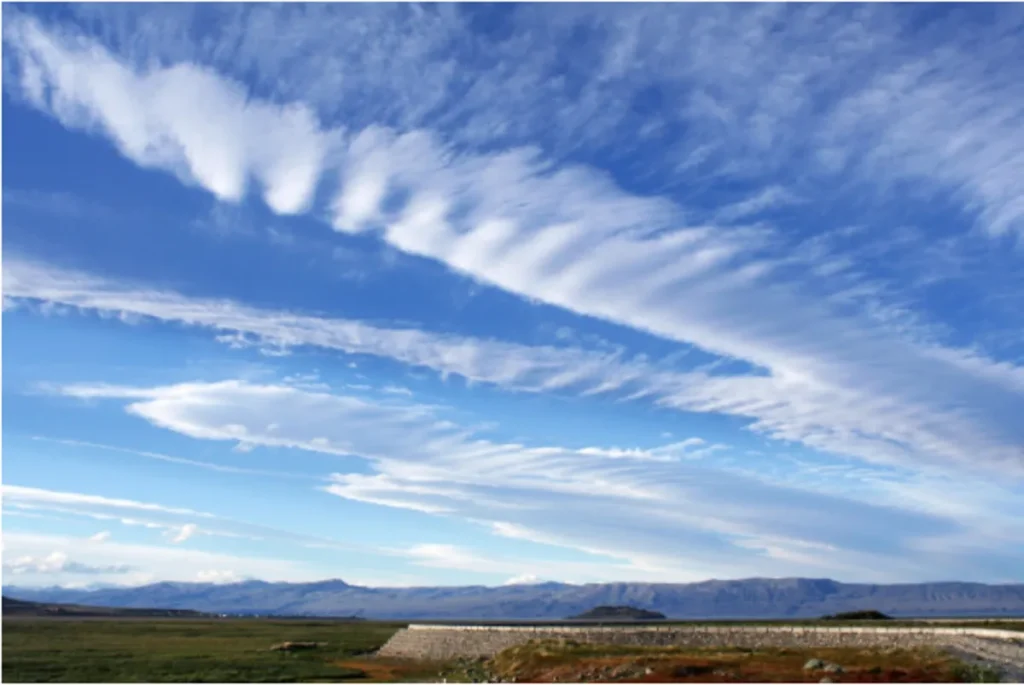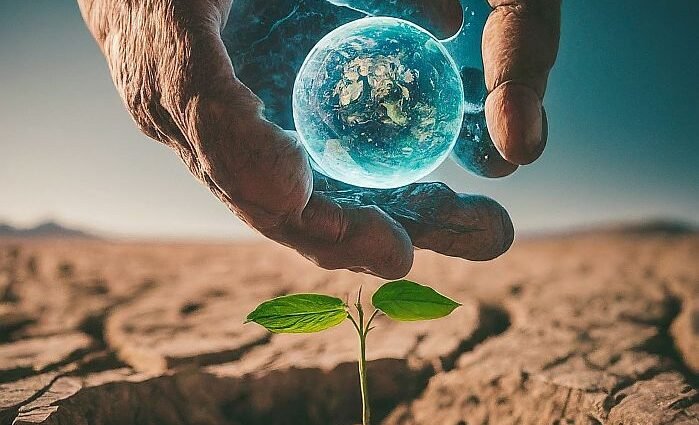Researchers, funded by significant financial backing, are now exploring extreme geoengineering methods to combat climate change, despite the risks and uncertainties associated with altering natural processes on such a large scale is largely unknown

This summer, a project is starting to address the issue of increasing ocean acidity caused by the absorption of carbon dioxide (CO2). This acidity poses a significant threat to marine life. A $10 million project at Massachusetts’ Woods Hole Oceanographic Institution (WHOI) involves researchers releasing large amounts of alkaline solution— sodium hydroxide — into the ocean near Martha’s Vineyard in response to this situation.
The logic behind this action is as we add an alkaline material to seawater it will help the ocean absorb more CO2 without increasing ocean acidification. Initial data suggests that this process is environmentally safe.

Another geoengineering project in Israel, funded with $15 million, aims to shoot small particles into the atmosphere to reflect solar radiation. The startup behind the project, Stardust Solutions, plans to conduct outdoor tests of this process later this year.
Similarly in Australia another project aims to reduce solar radiation in the Great Barrier Reef area by shooting ocean water into the air to create more cloud cover and provide more shade.

Scientists and decision makers in both public and private sectors are giving serious consideration to geoengineering projects as previous attempts to address climate change and global warming have proven ineffective, that’s why these projects are attracting big dollars and serious attention, despite serious questions about how they might impact the environment.
Reference- The Washington Post, Futurism, NOAA, The Wall Street Journal, National Geographic






